
If you've ever opened a bottle of wine and hesitated before pouring, or ordered your favorite red wine at a bar and hesitated to flag it as spoiled wine—you’re not alone. Whether it’s a half-finished bottle of wine from last weekend sitting at room temperature on your kitchen counter or an unopened wine gift tucked away in a cabinet, the question often comes up: Does wine go bad?
The short answer: Yes, wine can go bad.
But the real question is—how do you know when it’s past its prime? And how long do different types of wines actually last before losing their goodness?
In this detailed guide, we’ll answer all your questions: Does wine expire? How can you tell when a wine properly stored has still gone bad? How long can you store wine safely? And most importantly—how can you enjoy it at its best, whether it’s sparkling wine, white wine, or a bold red from your wine cellar?
Does Wine Expire?
Wine doesn’t come with a visible expiry date, but that doesn’t mean it lasts forever. Wine is a perishable product, and though some bottles of wine can age gracefully and evolve positively over time, most are crafted to be enjoyed within a specific window—especially everyday drinking wines. Just like any natural product, exposure to heat, light, or oxygen can cause spoilage.
Key Factors That Determine Wine’s Shelf Life
- Wine type (Red, White, Sparkling, Fortified)—Intense style of wines lasts longer than their lighter and fresher counterparts. Fuller and robust red wines like Bordeaux and Napa Valley Cabernet Sauvignon are the ones that have outstanding aging potential, as they have the structural balance that allows them to age well. Lighter reds like Pinot Noir and Beaujolais (Gamay) are meant for earlier consumption, as they have delicate notes that are destined for early enjoyment.
- Closure type (Cork vs. Screwcap) — The type of closure affects how wine ages and stays fresh. Natural corks allow slow oxygen exposure, ideal for aging but risk cork taint, caused by TCA (trichloroanisole). Screw caps seal tightly, great for fresh wines with no spoilage risk. Synthetic corks are affordable but let in more air, so wines don’t last as long. Technical corks offer controlled aging with minimal risk. The closure helps determine how long wine stays drinkable.
- Storage conditions (Temperature, light, humidity)—Wines should be stored at constant and cool and dark temperatures to avoid spoilage of fruit flavors and balance.
- Whether it's been opened or not—Once opened, wine comes in contact with ambient oxygen, and its shelf life reduces quickly. Use any form of closure for open wine bottles and store them in the refrigerator to minimize the oxidation process.
Still looking for answers?! Let’s break it down further:
| Wine Type | Unopened Shelf Life | Opened Shelf Life (Refrigerated) |
|---|---|---|
| Red Wine (unopened shelf life varies depending on the wine style) | 2–5 years | 3–5 days |
| White Wine (unopened shelf life varies depending on the wine style) | 1–2 years | 3–5 days |
| Rosé Wine (almost always meant for early consumption) | 1–2 years | 3–5 days |
| Sparkling Wine (Champagne, Prosecco) | 1–3 years | 1–3 days |
| Fortified Wines (Port, Sherry) | 10+ years | 1–3 weeks |
Pro Wine Tip—Once opened, store all wines (yes, even reds!) in the fridge to slow down oxidation.
How to Know a Wine Has Gone Bad?
Wondering if that bottle is still safe to drink? Here are the tell-tale signs that wine has gone bad—and when it’s better to toss than sip.
1. Funky Smell
If your wine smells like:
- Vinegar
- Wet dog or mold
- Nail polish remover
- Wet cardboard or newspaper
- Dirty drain
…it’s likely gone through the oxidation process or become contaminated. Trust your nose—wine should smell fresh, fruity, earthy, or spicy depending on the style, not off-putting. Closure failure, improper wine storage temperatures, exposure to strong light, and inadvertent chemical changes can all cause a wine to go bad.
2. Unusual Appearance
- Red wine turning a dull brown — find out the shelf life of your favorite red wine in our detailed blog on how long red wine lasts after opening.
- White wine turning deep yellow or becoming cloudy and hazy
- Fizz in still wines (a sign of unintended secondary fermentation)
Visual cues can often be your first red flag and confirm that the wine has gone bad.
3. Odd Taste
Spoiled wine often tastes:
- Sour (like vinegar)
- Flat or stale
- Fruit flavors taste rancid or very muted
- Overly sharp, bitter, or metallic
A wine that has lost its fruit, balance, or vibrancy is probably past its best and should be headed for the kitchen drain (I know—nothing could be more heartbreaking).
4. Leaking Cork or Bulging Cap
Heat exposure can push the cork out or expand the bottle. If the bottle of wine looks misshapen or stained around the neck, it may have gone bad. Handle such a wine bottle cautiously while you drain the contents.
Why Does Wine Go Bad?
Now, we have flagged a lot of signs that say that a wine can go bad. Let us also look at the main culprits behind wine spoilage:
# Oxygen
Once a bottle of wine is opened, oxygen present in the ambient air begins to interact with the wine. Initially, this can help open up aromas and flavors, but after a few hours or days, the oxidation process takes over, causing the wine to deteriorate. If the closure of a wine bottle fails, subtle oxidation will also result in spoiled wine.
# Heat
Excessive heat “cooks” the wine, dulling its freshness and fruit notes while also causing premature aging, which throws the wine out of balance. Avoid storing wine near kitchen appliances, in cabinets right above or close to the cooking station, near windows, or in your car!
# Light
UV light (especially sunlight) can break down wine compounds—especially in delicate white wine—leading to unpleasant aromas. Warmth or heat accompanying any light source also damages wine, which is why proper storage in a cool and dark place is so important.
How to Prevent Wine from Going Bad?
Proper storage can dramatically increase a wine’s lifespan—both before and after opening. Let’s work our way into enjoying opened wine and unopened wine smartly.
How To Store Unopened Wine Bottles?
- Store horizontally (if cork-sealed) to keep the cork moist and prevent closure failure and disintegration of the cork.
- Keep in a cool and dark place, ideally around 12–15°C (55–59°F).
- Avoid temperature fluctuations.
- Shield from direct sunlight.
- A wine cellar or wine fridge works best for long-term stability.
How Long Does Wine Last Once Opened?
- Reseal with the original cork or a simple wine stopper
- Refrigerate, even red wine
- Use vacuum pumps or inert gas blanket systems like Coravin for longer life
- Drink within 3–5 days for best taste
Pro Tip:Sparkling wine loses its bubbles quickly. Use a Champagne stopper or finish the bottle within 1–2 days.
What About Aged Wines or Wines From Older Vintages?
Many people think all wine gets better with age—but that’s not true.
In reality, 90% of wines are made to be enjoyed young, within a couple of years of release. Only certain red wine, a few white wine, some sweet wines, and fortified wines benefit from long-term aging under proper storage conditions.
For older reds: Use a decanter to gently aerate and bring out complex aromas that may be hidden due to the bottle of wine aging. Decanting allows you to enjoy the best expression of old and well-aged wines.
Still Not Sure? Here’s a Simple Wine Freshness Test:
-
Look: Clear or cloudy? Color change?
-
Smell: Fruity or funky?
-
Taste: Bright or sour?
If it fails all three or even one for sure—it’s likely gone bad. Don’t worry, we’ve all been there. Just pour it out and move on.
Tips to Keep Wine from Going Bad
Keeping wine fresh isn’t complicated, but it does take a little care. With the right habits, you can stretch the life of your favorite bottle and enjoy it at its best. Here are some simple, practical tips:
-
Reusing the Original Cork
The easiest way to protect your wine once it’s open is by putting the cork back in. Slide it in snugly — even if it’s upside down, it will still do the job of limiting air contact and slowing the oxidation process. This little step can keep your opened wine tasting good for a few days longer. If you’d like to see other quick methods beyond the cork, check out our guide on how to recork a wine bottle.
-
Store Upright (Short Term)
If you’re only planning to hold onto a bottle for a week or two, storing it upright is perfectly fine. This keeps any possible leakage at bay and avoids unnecessary contact with the cork. It’s also the neatest way to line up wines in a small kitchen or fridge.
-
Lay Bottles of Wine Sideways (Long Term)
For wines sealed with natural cork, long-term storage works best when bottles are laid on their side. This simple trick keeps the cork moist, preventing it from drying out and letting unwanted air sneak into the wine bottle. If you’re curious about the best ways to protect cork-sealed bottles, have a look at our piece on how to reseal a wine bottle.
-
Keep the Temperature Even
Wine hates fluctuation. Rapid changes from hot to cold (or vice versa) can spoil it faster than you think. That’s why consistency is key. A wine fridge or a small wine cellar is the best investment if you want to take storage seriously—these ensure your wines stay at the perfect, steady temperature.
-
Vacuum Pump or Preserver
Once you’ve opened a bottle, air becomes its biggest enemy. A vacuum pump is a handy gadget that removes excess air from the bottle, slowing down oxidation and giving your open wine a few extra days of life. Other options, like inert gas preservers, also work well. Want more practical ideas? Check out our detailed tips on how to store an open bottle of wine.
-
Reseal the Wine Bottle
When the cork has crumbled or gone missing, don’t panic. You can still keep your wine fresh by using simple stoppers or reusable closures designed for proper storage. They’re inexpensive, easy to use, and far better than leaving a bottle uncovered. For a step-by-step look at your options, see our guide on how to reseal a wine bottle.
Final Sip: So, Does Wine Go Bad?
Yes, wine can go bad—both unopened wine and opened wine. But with the right wine storage and a little knowledge, you can avoid spoilage and enjoy your wine at its best.
Knowing how to tell when wine has expired is key for every wine drinker. From the casual sipper to the budding wine expert, it helps you drink smarter—and waste less.
Need Fresh, Well-Stored Wine?
Explore our curated collection of premium wines—shipped with care, stored in temperature-controlled conditions, and ready to enjoy!



















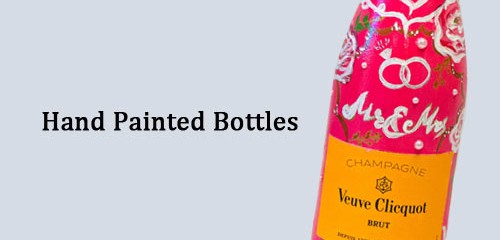

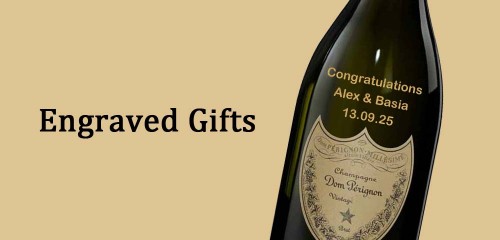

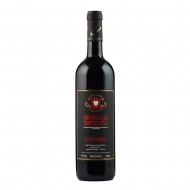
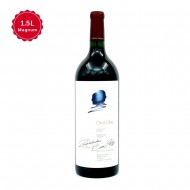
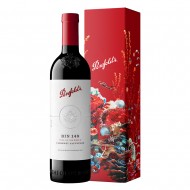
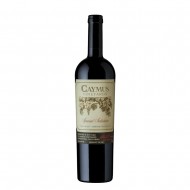
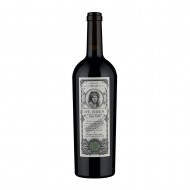
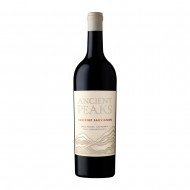
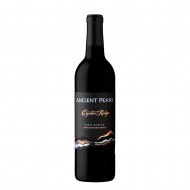
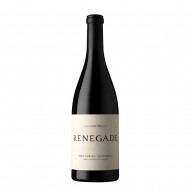
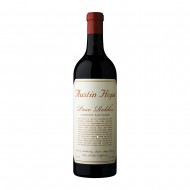
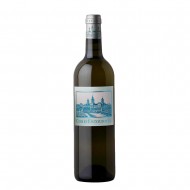
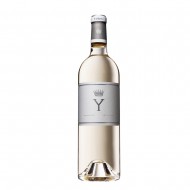
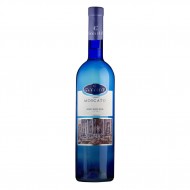
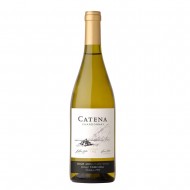
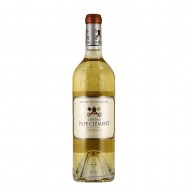
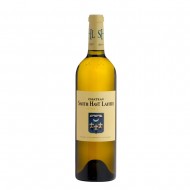
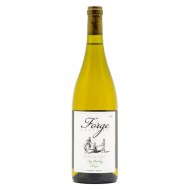
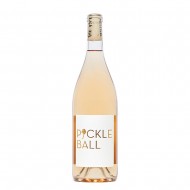
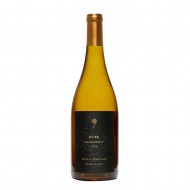
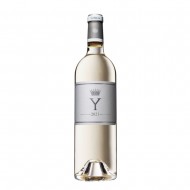
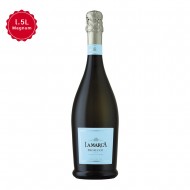
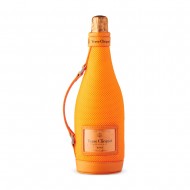
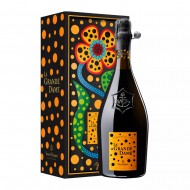
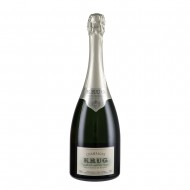

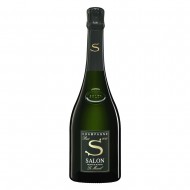
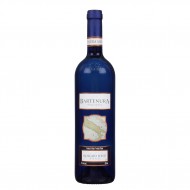
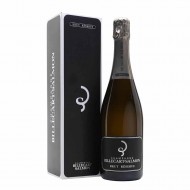
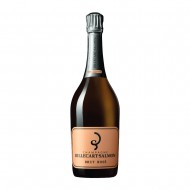
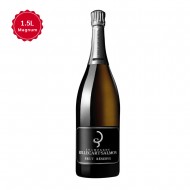
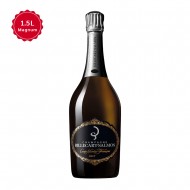
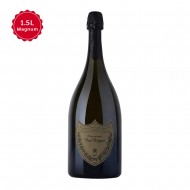

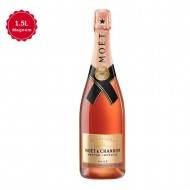
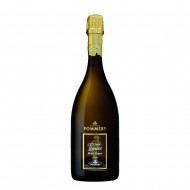



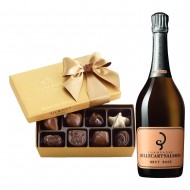

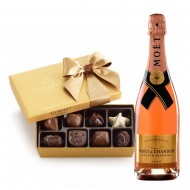
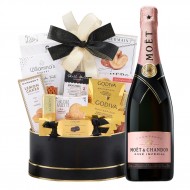
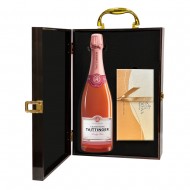
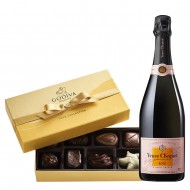



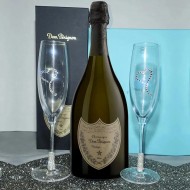
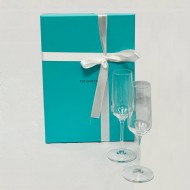

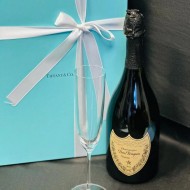

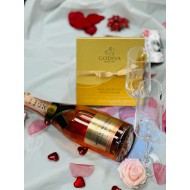
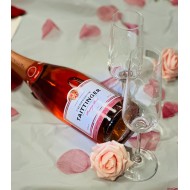

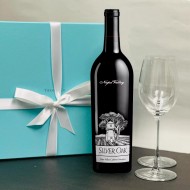
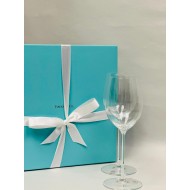
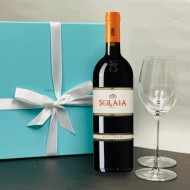
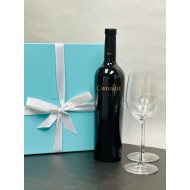
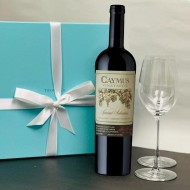

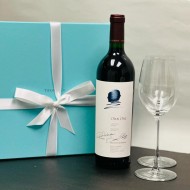
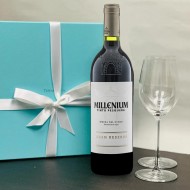


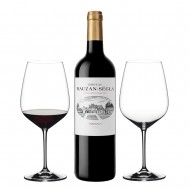
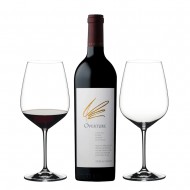
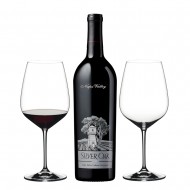







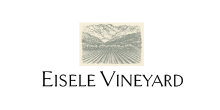
















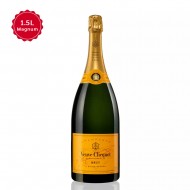
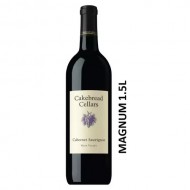
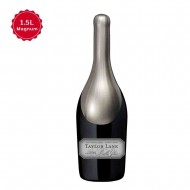
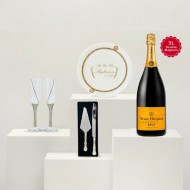
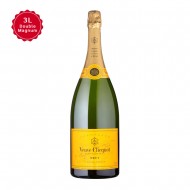
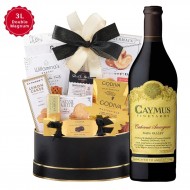
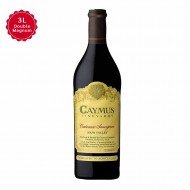
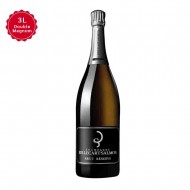
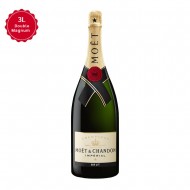

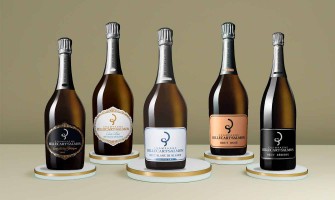
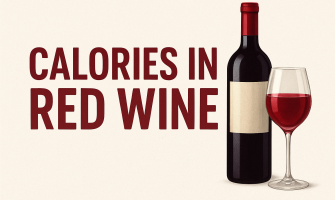




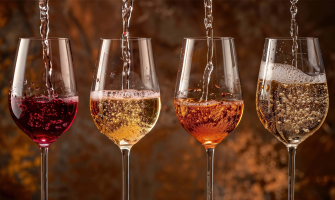
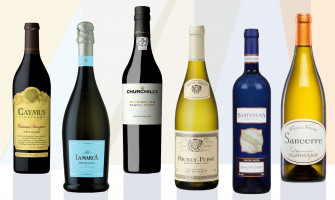



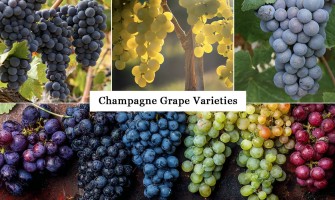
Leave a Comment